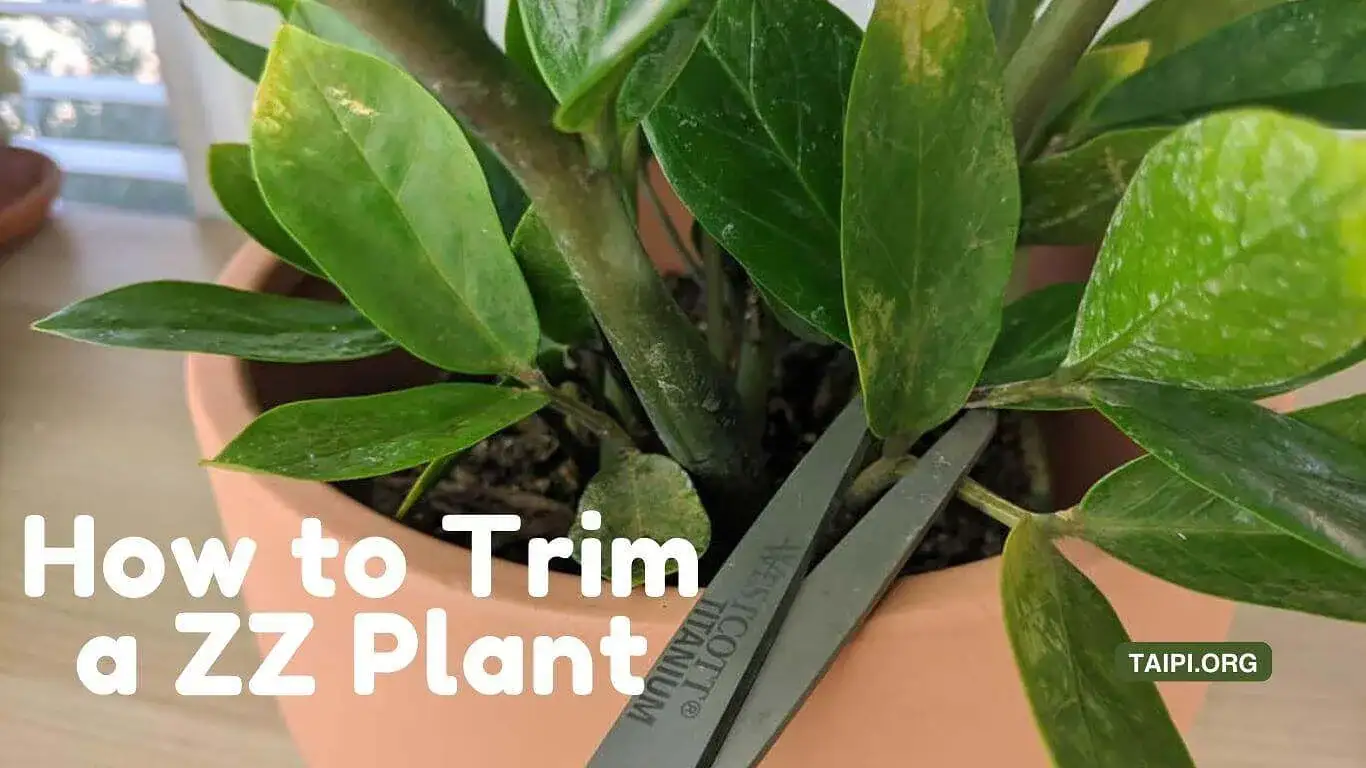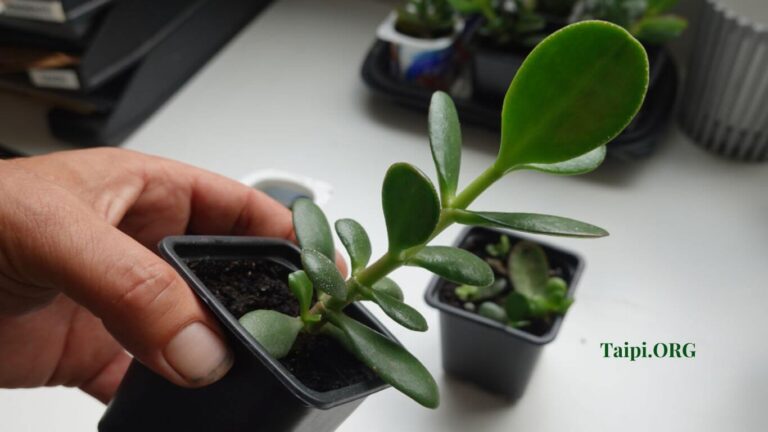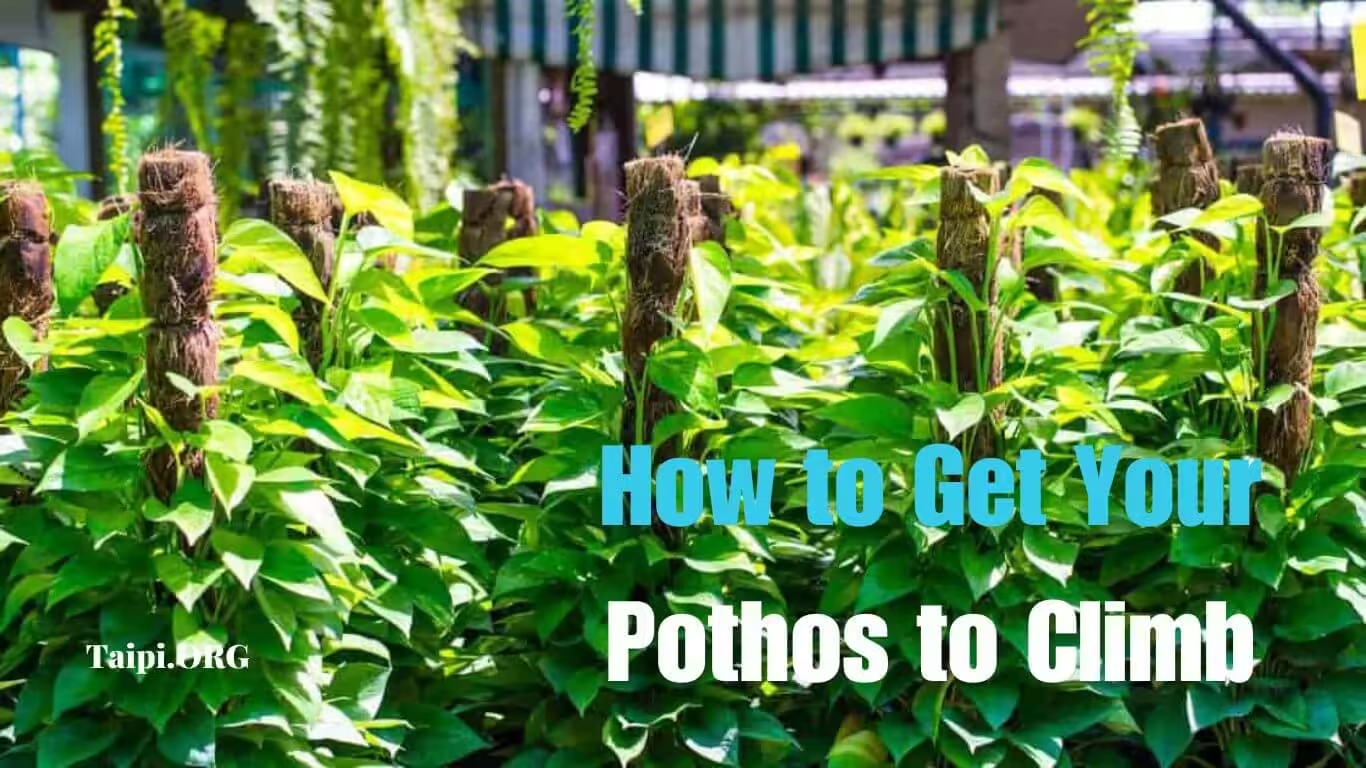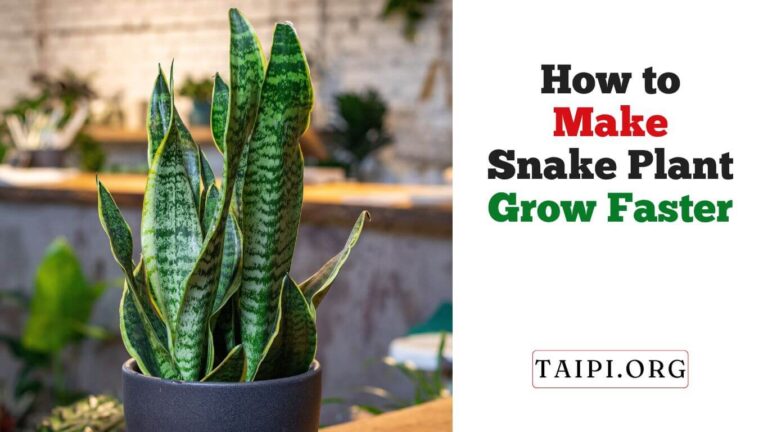How to Trim a ZZ Plant
NO matter how long you have grown the ZZ plant or how beautiful its foliage is, there is a time you need to prune it. When you trim a ZZ plant, or any other houseplant for that matter, you allow it to rejuvenate. Now, stay around a while longer as I take you through the steps on how to trim a ZZ plant.
To trim the ZZ plant, you need to:
- Inspect the plant
- Prepare your tools
- Prune dead or yellowing leaves
- Trim overgrown stems
- Dispose of trimmed material
- Monitor the plant
You Might Also Like to Read:
Tools You Need to Prune Your ZZ Plant
To trim a ZZ plant, you’ll need a few basic tools:
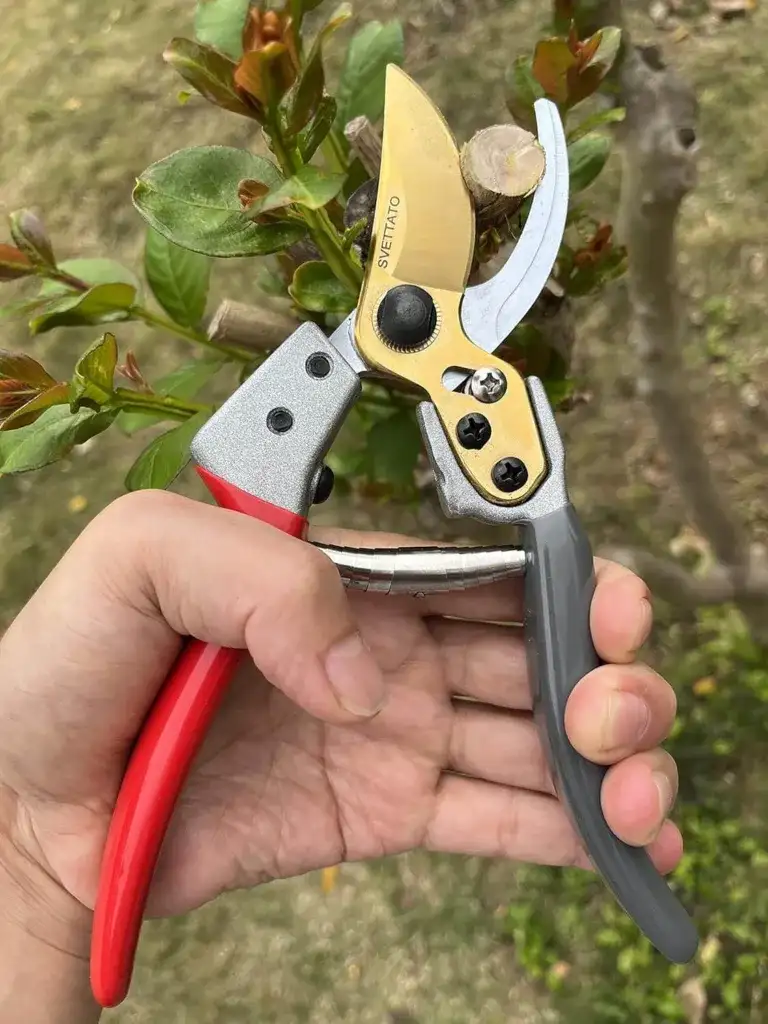
Scissors or Pruning Shears: Choose a pair of sharp, clean scissors or pruning shears (pictured ⬆) These will be used to snip away dead or yellowing leaves, as well as to trim overgrown stems.
Sanitizing Solution: Before you start trimming, it’s a good idea to sanitize your scissors or pruning shears to prevent the spread of diseases or pests to the plant. You can use rubbing alcohol or a diluted bleach solution for this purpose. Simply dip the blades of the tools into the sanitizing solution and allow them to air dry before using them on the plant.
Gloves (Optional): While not strictly necessary, some people prefer to wear gloves when handling plants to protect their hands from any potential irritation or allergens that may be present on the plant’s leaves or stems.
These are the basic tools you’ll need to trim a ZZ plant effectively and safely. Make sure your tools are clean and in good condition before you begin, and take care to handle the plant gently to avoid causing unnecessary stress or damage.
A Step-by-Step Process on How to Trim a ZZ Plant
Here’s a step-by-step process for trimming a ZZ plant:
Step 1: Gather Your Materials
Get your scissors or pruning shears ready.
Prepare a sanitizing solution if needed.
Step 2: Inspect the Plant
Examine the ZZ plant carefully to identify any dead, damaged, or overgrown foliage that needs trimming.
Step 3: Decide on the Amount of Trimming
Determine how much you want to trim. Avoid removing more than one-third of the plant’s foliage at a time to prevent excessive stress.
Step 4: Trim Dead or Yellowing Leaves
Using your sanitized scissors or pruning shears, carefully trim away any dead or yellowing leaves at the base of the plant or along the stems.
Cut as close to the base of the leaf as possible without damaging the healthy tissue.
Step 5: Trim Overgrown Stems
If any stems have grown excessively long or are becoming leggy, trim them back to promote a more compact growth habit.
Cut the stem just above a leaf node or joint where new growth is likely to emerge.
Step 6: Dispose of Trimmed Material
Dispose of the trimmed leaves and stems properly. You can compost them or discard them in your household waste.
Step 7: Monitor the Plant
After trimming, monitor your ZZ plant for signs of stress or new growth.
Ensure it is receiving appropriate light, water, and humidity to support its recovery and encourage healthy growth.
Step 8: Repeat as Necessary
Depending on the growth rate of your ZZ plant and its individual needs, you may need to trim it periodically to maintain its health and appearance.
When to Trim Your ZZ Plant
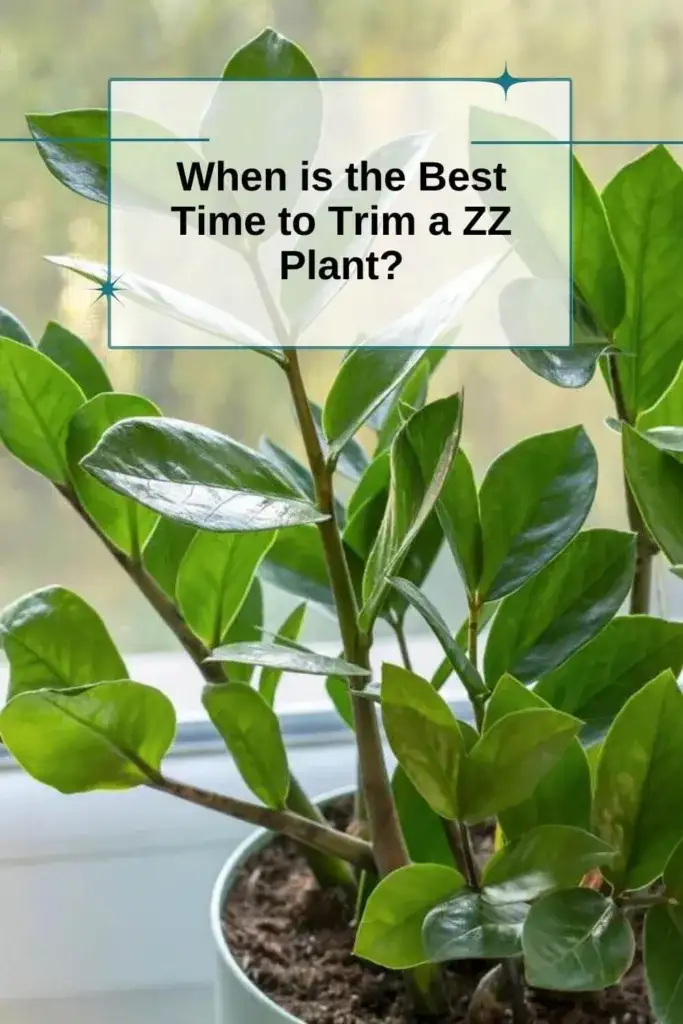
Trimming your ZZ plant (Zamioculcas zamiifolia) can help manage its growth, remove dead or damaged foliage, and encourage new growth. Here’s when and how to prune your ZZ plant effectively:
Trim Your ZZ Plant as Needed
ZZ plants generally require minimal pruning. You can prune them as needed throughout the year to remove dead or yellowing leaves, trim overgrown stems, or shape the plant for aesthetic purposes.
During Spring or Early Summer
If you prefer a specific time, spring or early summer is often a good time to prune your ZZ plant. During this time, the plant is entering its active growth phase, and pruning can help stimulate new growth.
Signs Your ZZ Plant Needs Pruning
Here are the signs to watch for that indicate your ZZ plant needs trimming:
Yellowing or Dead Leaves
If you notice any yellowing or dead leaves, it’s a good idea to prune them off to maintain the plant’s overall health and appearance.
Leggy Growth
If your ZZ plant is becoming leggy or overly elongated, you can prune back the stems to encourage a more compact growth habit.
Overcrowding
If the plant is becoming overcrowded or tangled, pruning can help open up the foliage and improve air circulation around the plant.
Common Mistakes to Avoid When Trimming the ZZ Plant
When trimming your ZZ plant, there are common mistakes you need to avoid to ensure the health and vitality of the plant.
Here are some of those mistakes you need to stay away from:
Over-Pruning
ZZ plants are naturally slow-growing, and they don’t require frequent or aggressive pruning.
Over-pruning can stress the plant and inhibit its growth. Only prune when necessary, such as removing dead or yellowing leaves, or trimming overly leggy stems.
Pruning at the Wrong Time
While ZZ plants can be pruned throughout the year as needed, it’s generally best to avoid heavy pruning during the dormant winter months. Spring or early summer, when the plant is actively growing, is often the optimal time for pruning.
Using Dull or Dirty Tools
Using dull or dirty pruning tools can damage the plant and increase the risk of disease transmission. Always use clean, sharp pruning shears or scissors, and sanitize them before and after pruning to prevent the spread of pathogens.
Compare: Beneficial Bugs for Houseplants
Removing Too Much Foliage at Once
ZZ plants are resilient, but they can still suffer if you remove too much foliage at once. Avoid removing more than one-third of the plant’s foliage during pruning sessions to minimize stress and allow the plant to recover properly.
Ignoring Signs of Stress
After pruning, closely monitor your ZZ plant for signs of stress, such as wilting or yellowing foliage. Ensure the plant receives adequate water, light, and humidity to support its recovery. If you notice prolonged stress symptoms, adjust care practices accordingly.
Pruning Unnecessarily
One of the most famed things about ZZ plants is their ability to thrive with minimal maintenance. However, pruning the plant unnecessarily simply for aesthetic reasons will harm the plant.
Only prune to remove dead or damaged foliage, encourage new growth, or maintain the plant’s shape and size.
Failing to Dispose of Trimmed Material Properly
Dispose of trimmed leaves and stems properly to prevent the spread of diseases and pests. Compost the organic material if possible, or discard it in your household waste.
How to Trim a ZZ Plant Frequently Asked Questions
Q: How often should I prune my ZZ plant?
A: ZZ plants generally require minimal pruning. You should prune your ZZ plant as needed, typically to remove dead or yellowing leaves, trim overgrown stems, or shape the plant for aesthetic purposes. Avoid over-pruning, and only trim when necessary.
Q: Can I prune my ZZ plant during the winter months?
A: While ZZ plants can be pruned throughout the year as needed, it’s generally best to avoid heavy pruning during the dormant winter months. Spring or early summer, when the plant is actively growing, is often the optimal time for pruning.
Q: How much foliage can I safely remove when pruning my ZZ plant?
A: It’s best to avoid removing more than one-third of the plant’s foliage during pruning sessions. Removing too much foliage at once can stress the plant and inhibit its growth. Trim conservatively and allow the plant time to recover between pruning sessions.
Q: Will pruning my ZZ plant encourage new growth?
A: Yes, pruning can stimulate new growth in your ZZ plant. Trimming away dead or yellowing leaves and pruning back overgrown stems can promote a more compact growth habit and encourage the plant to produce fresh foliage.
Q: Should I sterilize my pruning tools before trimming my ZZ plant?
A: Yes, it’s essential to sanitize your pruning tools before and after pruning your ZZ plant. Clean, sharp pruning shears or scissors should be used, and they should be sanitized with rubbing alcohol or a diluted bleach solution to prevent the spread of diseases or pests to the plant.
My Closing Thoughts on How to Trim a ZZ Plant
In conclusion, trimming a ZZ plant is a simple yet essential task that promotes its health, aesthetics, and vitality.
By following the proper techniques outlined in this article, you can effectively remove dead or damaged foliage, encourage new growth, and maintain the plant’s shape.
Remember to prune conservatively, avoid over-pruning, and sanitize your tools to minimize stress and prevent the spread of diseases.
With regular care and attention, your ZZ plant will continue to thrive and beautify your interior space for as long as you grow it indoors.

